All projects are undertaken to serve a purpose: to produce deliverables. These are project deliverables and outputs of the project. A project deliverable can be a product, service, or result. A project can have one or multiple deliverables. A deliverable must be within the project scope.
Project deliverables help the team ensure that they are moving in the right direction to achieve the project’s goal.
A project manager decides the project deliverables while developing the project plan. Deliverables from a project keep all the stakeholders on the same page and align them with the project’s overall goal.
A deliverable is often legally binding and involves two or more internal or external parties.
In agile projects, the project team delivers the working model of the product early and then refines it over the project life cycle. In this case, the project deliverable is single but delivered incrementally until the final product is ready.
The delivery of the deliverable is defined in the project management plan. Stakeholders can track the progress on deliverables using schedule diagrams such as Gantt chart, milestones diagram, Kanban board, etc.
The project manager is responsible for project delivery in small to medium projects. However, in large projects, the project delivery manager manages the delivery of a project. It is the responsibility of the project delivery manager to ensure that the project is delivered in its entirety.
In addition, the project delivery manager regularly assesses the project’s progress to ensure that the project is completed successfully.
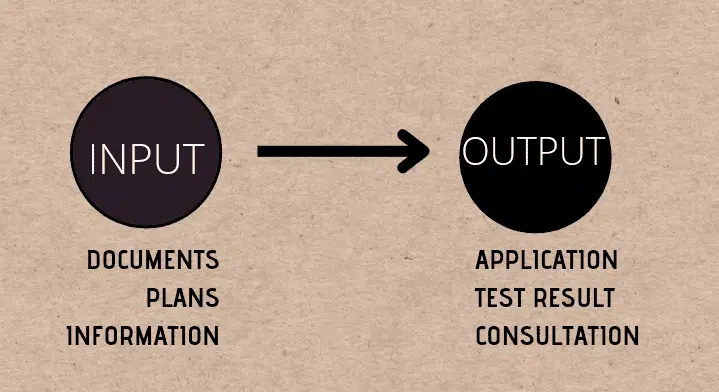
Some important deliverable criteria are:
- It must be specific, definite, and measurable.
- It must be within the project scope.
- All stakeholders should agree on it.
- It should support the project’s objectives and goals.
How to Identify Project Deliverables
Using a Work Breakdown Structure (WBS), you can identify project deliverables while breaking down the project.
The WBS breaks the project work into manageable work packages and identifies all tangible project deliverables, as well as the effort involved in developing those deliverables.
You can create the WBS in many ways. However, you should create the WBS based on deliverables so you can quickly identify all project deliverables and the activities needed to build those deliverables.
You can also review the following documentation to identify project deliverables:
Project Charter
This is the most important project document; it has high-level project information. You can find the brief for all key project deliverables within the project charter.
Project-Scope Statement
The scope statement includes complete details of project deliverables. It includes what is included in the project and what is excluded. You can see the complete project and product requirements from the scope statement.
Contract Documents
If the project is an outcome of any contract, you can review the contract document and file all project deliverables.
Examples of Project Deliverables
Any output from the project is the project deliverable. The project deliverable includes documentation and tangible and intangible deliverables.
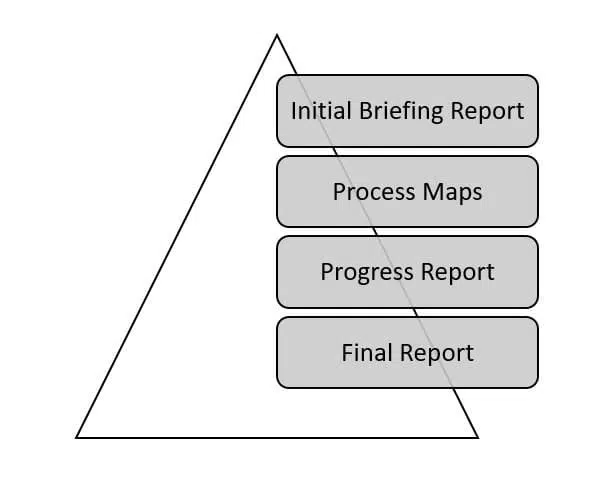
Examples of Project Documentation
All project documents are project deliverables. Examples include project charters, project plans, performance reports (including status and progress reports), risk registers, stakeholder registers, etc..
Examples of Tangible Deliverables
Tangible deliverables are direct outputs of the project. These are deliverables clients expect from when the project ends. For a school building project, the tangible output is the school building. For a software development project, the software is a tangible output.
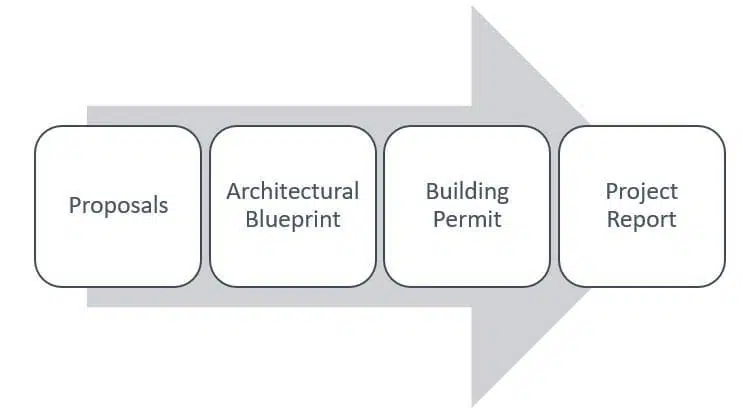
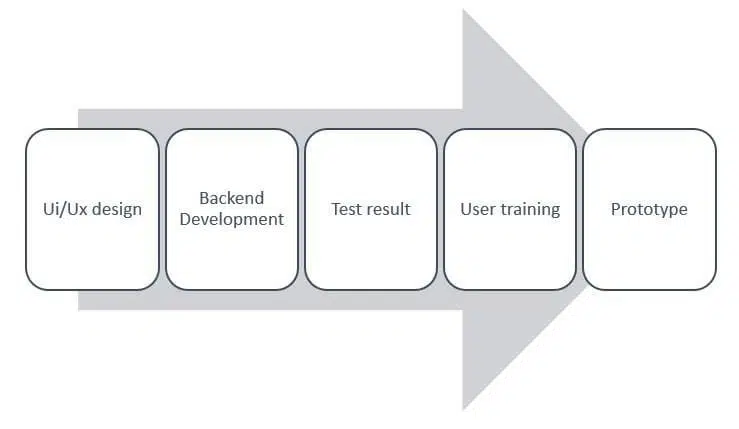
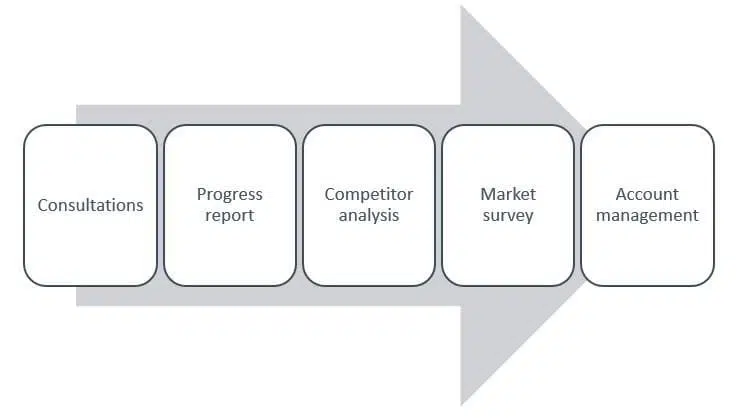
Examples of Intangible Deliverables
Intangible deliverables are not measurable. Knowledge transfer is the key intangible deliverable from which the team gains new experience and knowledge. Another important intangible deliverable is improving the project team’s relationships with the project stakeholders.
During product development, the project team interacts with many stakeholders and builds new relationships as a result. These relationships are intangible deliverables that cannot be measured or held.
Project vs. Product Deliverables
A project has project and product deliverables. The project deliverable includes product deliverables as well. The project deliverable is any output from the project, while the product deliverable is output related to the product, service, or result only.
Project deliverables are associated with efforts to achieve specific project aims, while product deliverables are ongoing outcomes related to developing, maintaining, and enhancing a product throughout its lifecycle.
Project Deliverables vs. Project Milestones
Many professionals often get confused with deliverables and milestones, though they differ. A project deliverable is an outcome of a project, and it can be a tangible product.
On the other hand, a milestone can be an event. For example, on 15 June, phase II of the project will start, or plumbing work will be completed. Completion of any project deliverable is a milestone.
Project completion is also a milestone. A milestone is a steppingstone that marks an important event along the project timeline. A deliverable is something the project team works on to deliver. A deliverable milestone may be the date when it is delivered to the client or the project sponsor.
How to Report Project Deliverables to Project Stakeholders
You can report the deliverables to project stakeholders using project management reports.
These reports include:
- Status Reports: These reports show the status of the project and its deliverables.
- Progress Reports: These reports show the deliverables’ progress. The stakeholders will know whether the deliverables are on schedule and/or within budget.
- Performance Reports: These reports include status, progress updates, and forecasting (e.g., EAC, ETC, TCPI, etc.).
Types of Project Deliverables
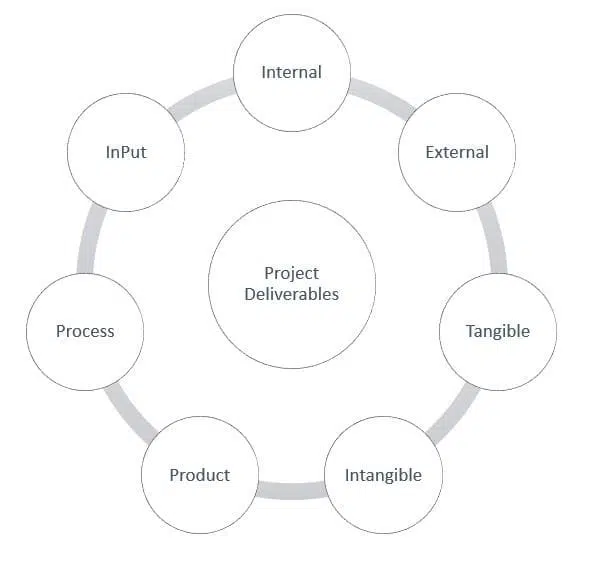
Types of Project Deliverables
Project deliverables can be any of the following types:
- Tangible
- Intangible
- Internal
- External
- Product
- Final
- Process
Tangible Deliverables
These deliverables can be physical or digital, and you can see them. For instance, the automobile is the tangible project deliverable in developing a new car. In the case of a project including a website, the tangible deliverable may be the fully functional website.
Some tangible deliverables are constructed buildings, software applications, hardware products, reports, video and audio recordings, websites and web applications, etc.
Intangible Deliverables
Intangible deliverables are conceptual outcomes that the team accomplishes upon project completion, but they are not physical, and you cannot touch or see them.
For example, new knowledge or expertise, improved customer satisfaction, increased brand awareness, improved processes or procedures, etc.
Internal Deliverables
Internal project deliverables are developed to help team members improve their performance.
For example, training programs, new policies and procedures, documentation and resources, improved communication and collaboration, increased employee engagement, etc.
External Deliverables
Products and services created for customers outside the company are external deliverables. Mostly, it is done in response to requests from customers. It contributes to the seamless operation of a firm.
Examples include final products, services or results, software applications, websites and web applications, consulting services, etc.
Product Deliverables
These deliverables partially satisfy the main deliverable’s requirements. An example of this is obtaining a building permit to construct a house or receiving the final architectural blueprint.
Process Deliverables
Process deliverables help the team achieve the final project deliverable.
These deliverables are small achievements within a project. Even though they move the project forward, they do not fulfill a criterion for the project deliverables. An illustration of this deliverable is a Gantt chart that shows the project’s workflow.
Examples are project plans, risk assessments, status reports, progress reports, performance reports, minutes of meetings, and approvals from stakeholders.
Final Deliverables
This is the final project output. It proves that the project has fulfilled all its requirements.
For example, a new product or service, a completed construction building, a launched website or mobile application, a published report, etc.
Tips to Manage Project Deliverables
You can follow the following tips to manage your project deliverables and improve the project performance:
- Define Measurable Objectives: Defining deliverables is easy, but you must ensure that they are measurable and easy for stakeholders to understand. Remember, if you cannot measure a deliverable, then you will never know how efficiently you have achieved your objectives.
- Get Stakeholders’ Buy-In: Ensure that the project deliverables get buy-in from your stakeholders and that all stakeholders are on the same page. Keep all stakeholders informed about the progress of deliverables and get their approval as soon as the deliverables are completed.
- Break Down Larger Deliverables: If the deliverable is small, you may achieve it in one shot. However, if the deliverable is large, then you can break it into smaller deliverables so you can manage them easier.
- Set Achievable Deliverables: You cannot achieve something impossible! Deliverables should be achieved within realistic deadlines and budgets. An unrealistic deliverable will waste resources and demotivate team members.
- Continuously Monitor Changes: Projects often have changes due to client requests or inefficient planning or execution. These changes may affect the project deliverables. Ensure that you keep a record of all changes and update the deliverables’ details to keep them current.
- Use Best Practices and Tools: Use the best project management software and available practices to ensure that your processes are robust and that you are developing efficient deliverables.
Managing Changes with Project Deliverables
Changed deliverables are not common, but they can affect other project objectives (e.g., schedule, cost, and scope) when they occur.
Mostly, the client requests a change in deliverables. In such scenarios, you will review the impact of change and inform the client and management about the impact of changes on the schedule and cost. If the stakeholders agree, you will raise the change request, get it approved, and then update the project plans and deliverables.
FAQ
1. What is the meaning of “project deliverables?”
“Project deliverables” means project output; they are the project’s resulting product(s).
2. Can a project have multiple deliverables?
Yes, a project can have more than one deliverable.
Conclusion
Project deliverables keep the project moving forward and decide whether the project will succeed. They ensure that the project is continuously monitored and the team works towards a common purpose to accomplish its objectives. The project manager must specify the project deliverables so that the team members will understand the project’s direction.
(Note: This topic is important on the PMP, so ensure that you understand it well!)

I am Mohammad Fahad Usmani, B.E. PMP, PMI-RMP. I have been blogging on project management topics since 2011. To date, thousands of professionals have passed the PMP exam using my resources.

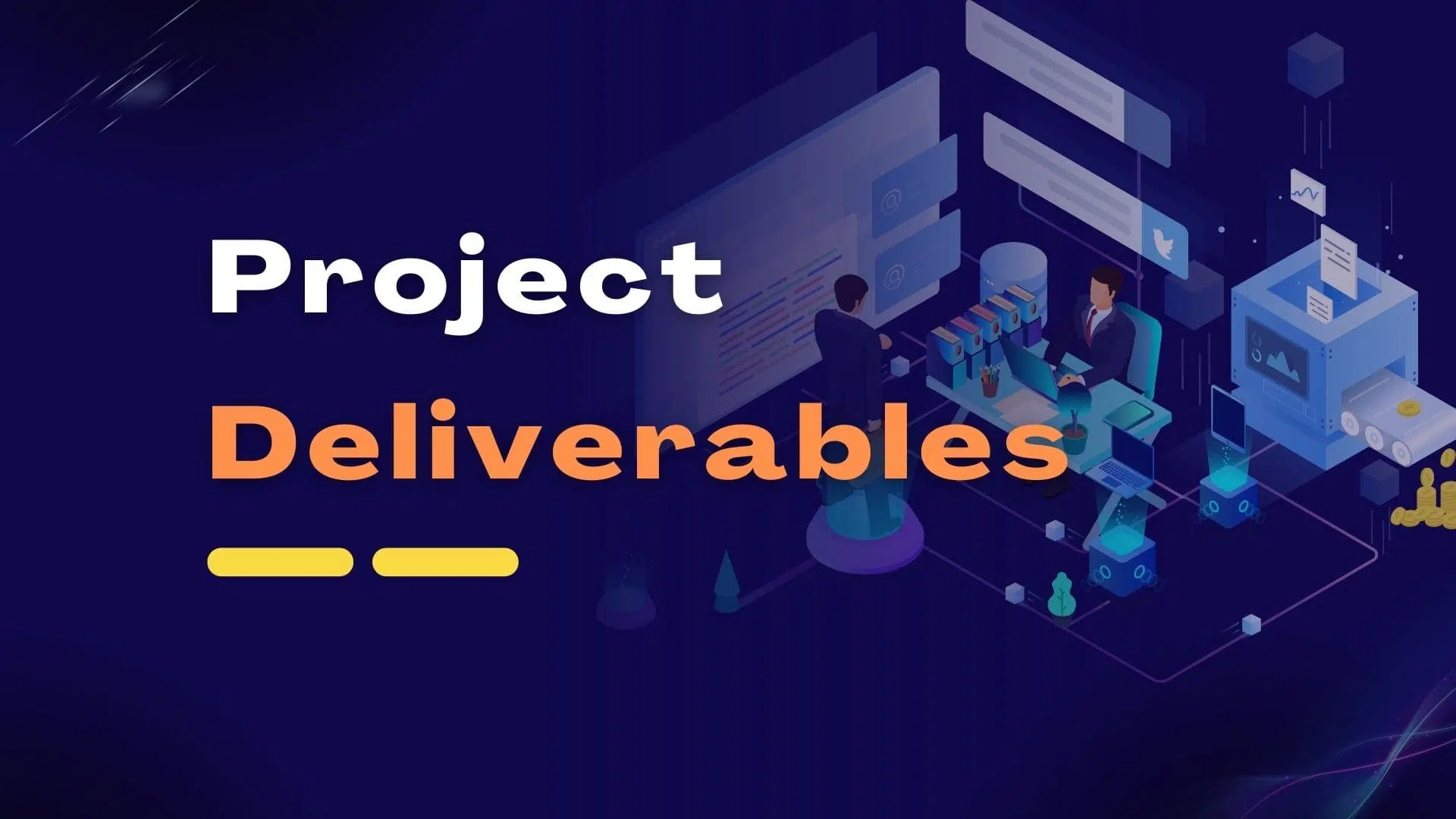
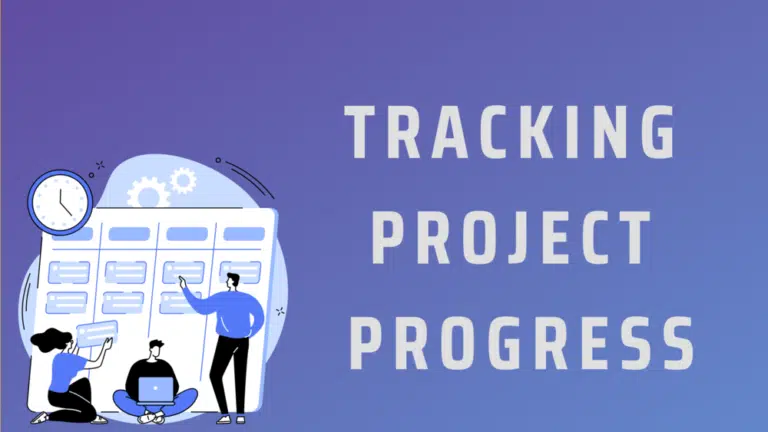
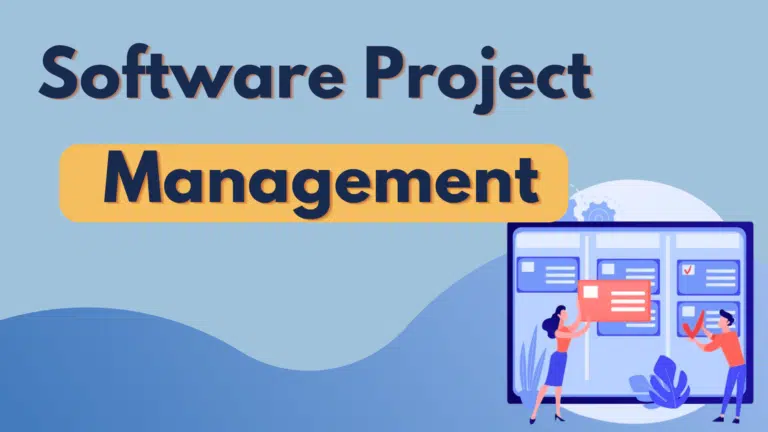
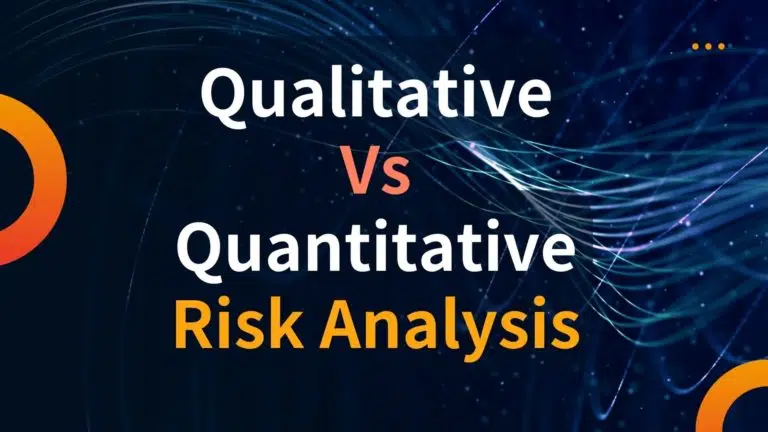
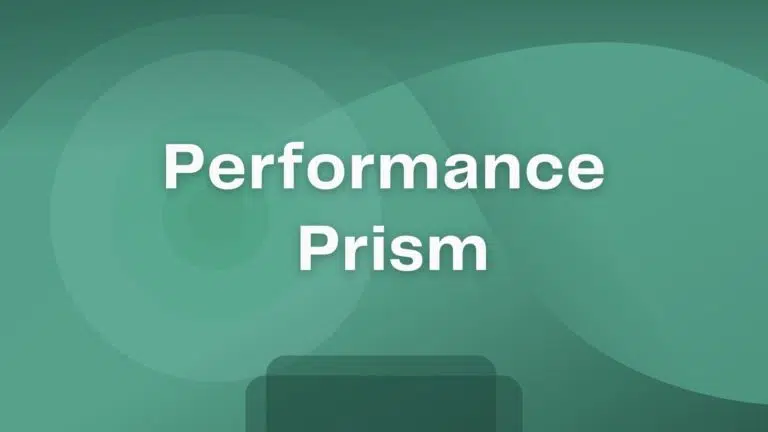

What Programs and training do you have?
Hello Wilmore, you can find my courses here:
http://pmsprout.com/